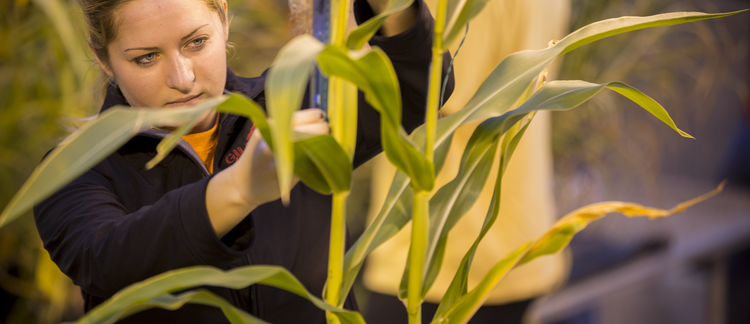Abstract
Sweet corn growers now have three useful HPPD (4-hydroxyphenyl-pyruvatedioxygenase) herbicides to use in their weed control program: Callisto (mesotrione), Impact (topramezone), and Laudis (tembotrione). This group of herbicides will control numerous broadleaf weeds and, depending on product, will control or suppress certain annual grass weeds. Callisto can be used either pre emergence or post emergence and Impact and Laudis are labeled for post emergence use only. Corn crops have good tolerance to these herbicides but there are label restrictions on subsequent plantings of vegetable crops. This two-year study looked at the use of Callisto, Impact, and Laudis herbicide on sweet corn and their carryover potential for injuring subsequent crops of cucumber, pepper, snap bean, and tomato.
Keywords: Horticulture, RFR A9001
How to Cite:
Taber, H. G. & Lawson, V., (2010) “Residual Effects of Callisto, Impact, and Laudis Herbicide on Cucumber, Pepper, Snap Bean, and Tomato”, Iowa State University Research and Demonstration Farms Progress Reports 2009(1).
Downloads:
Download pdf
View PDF
583 Views
131 Downloads

